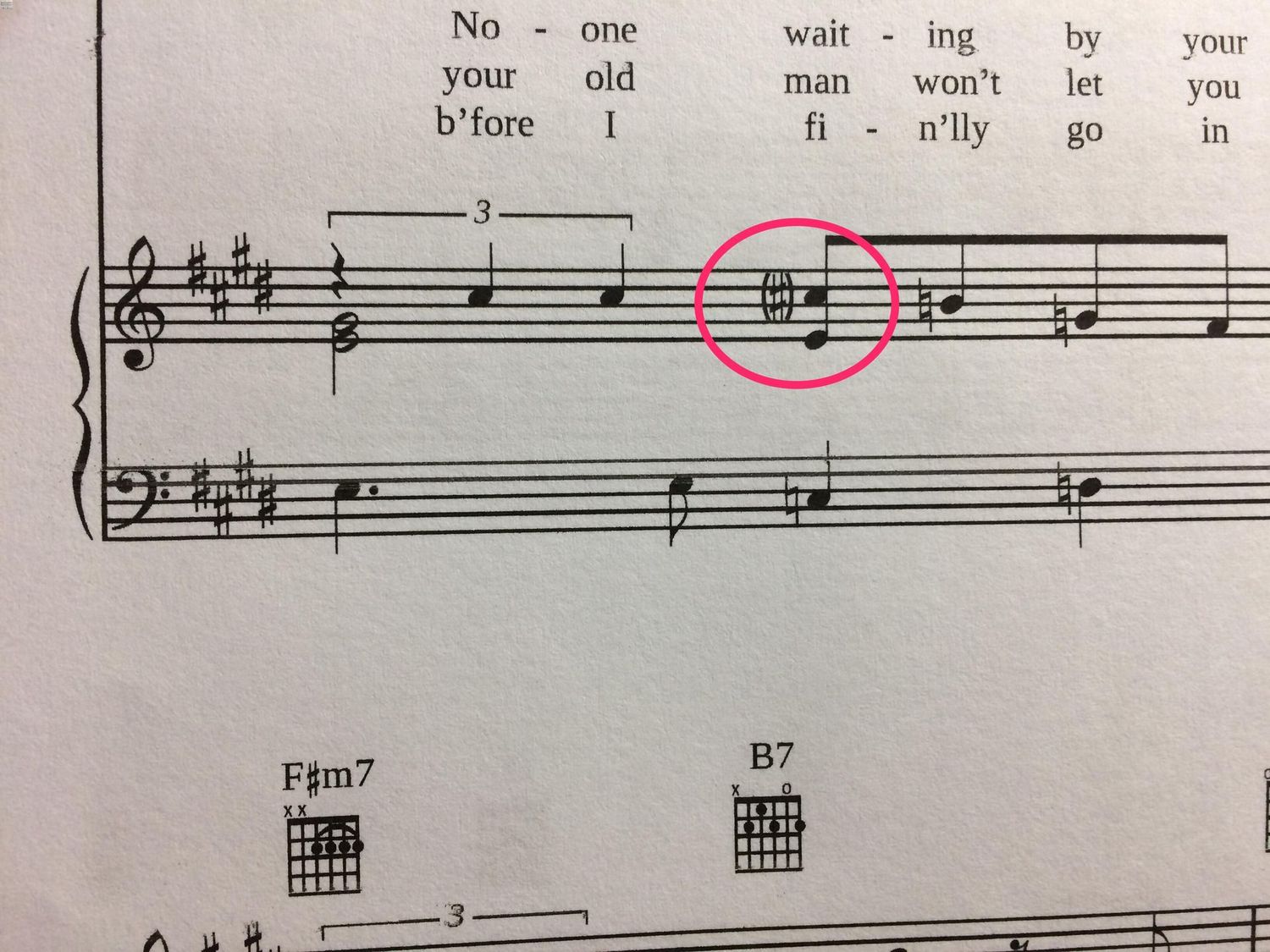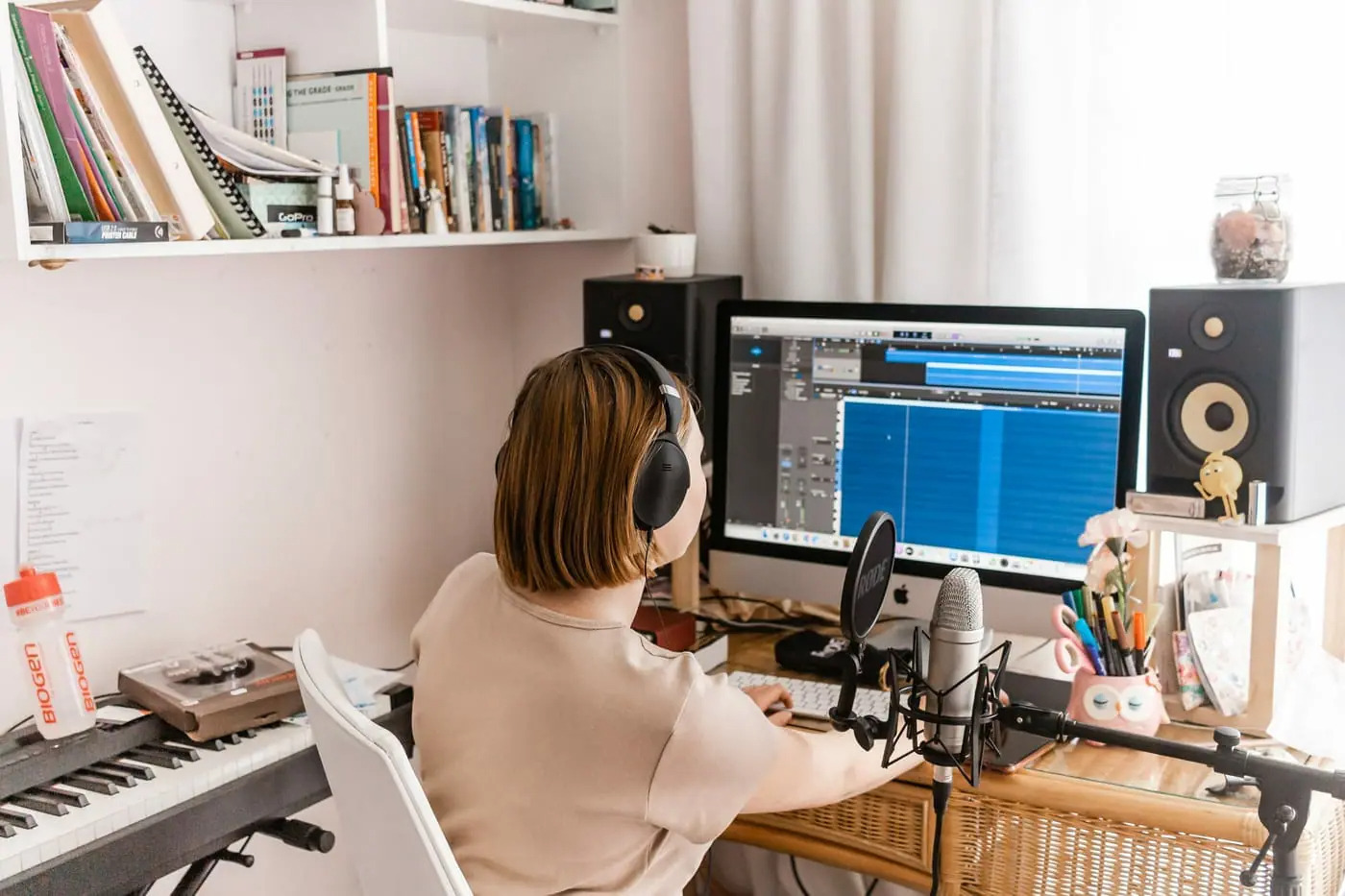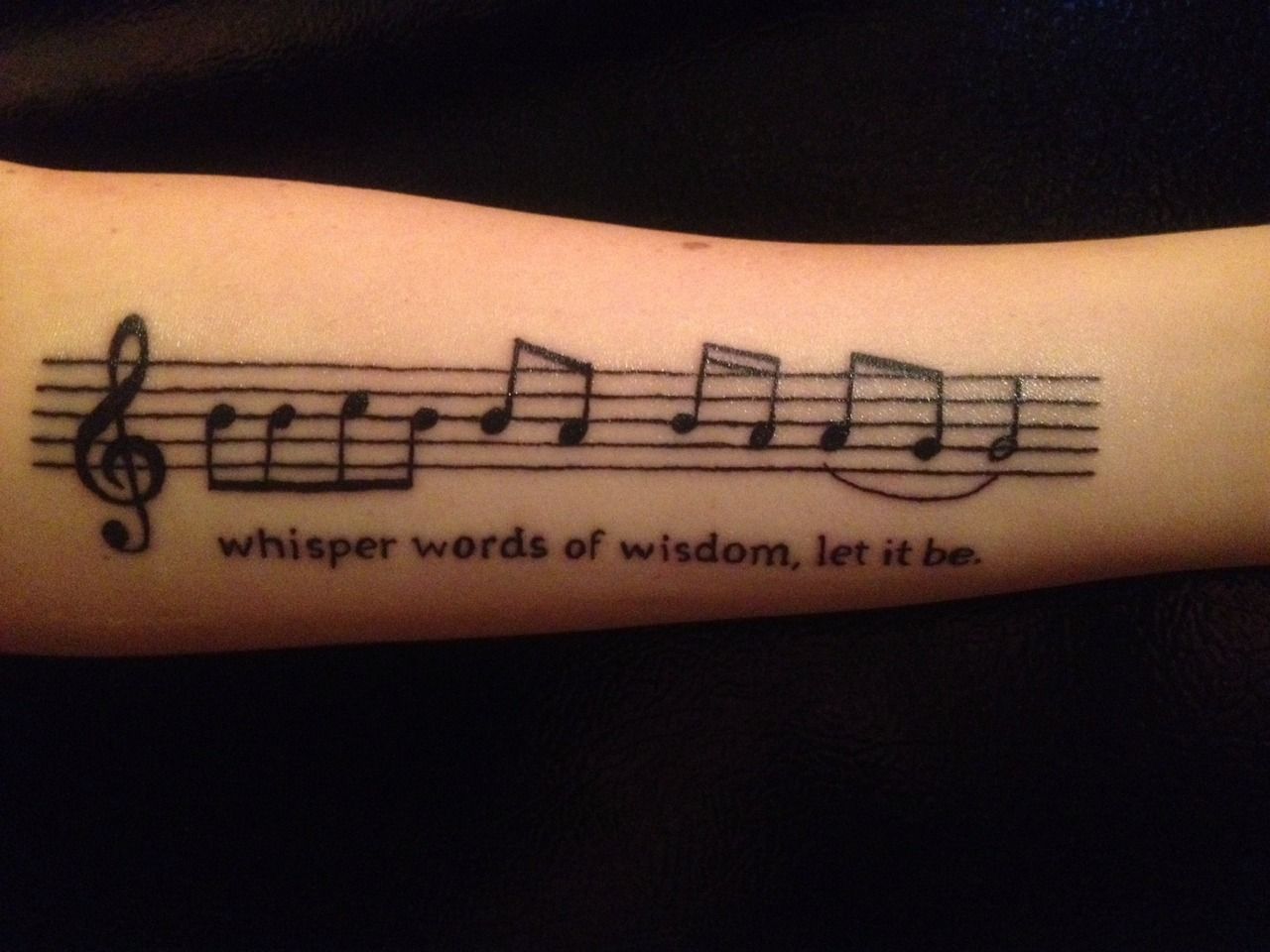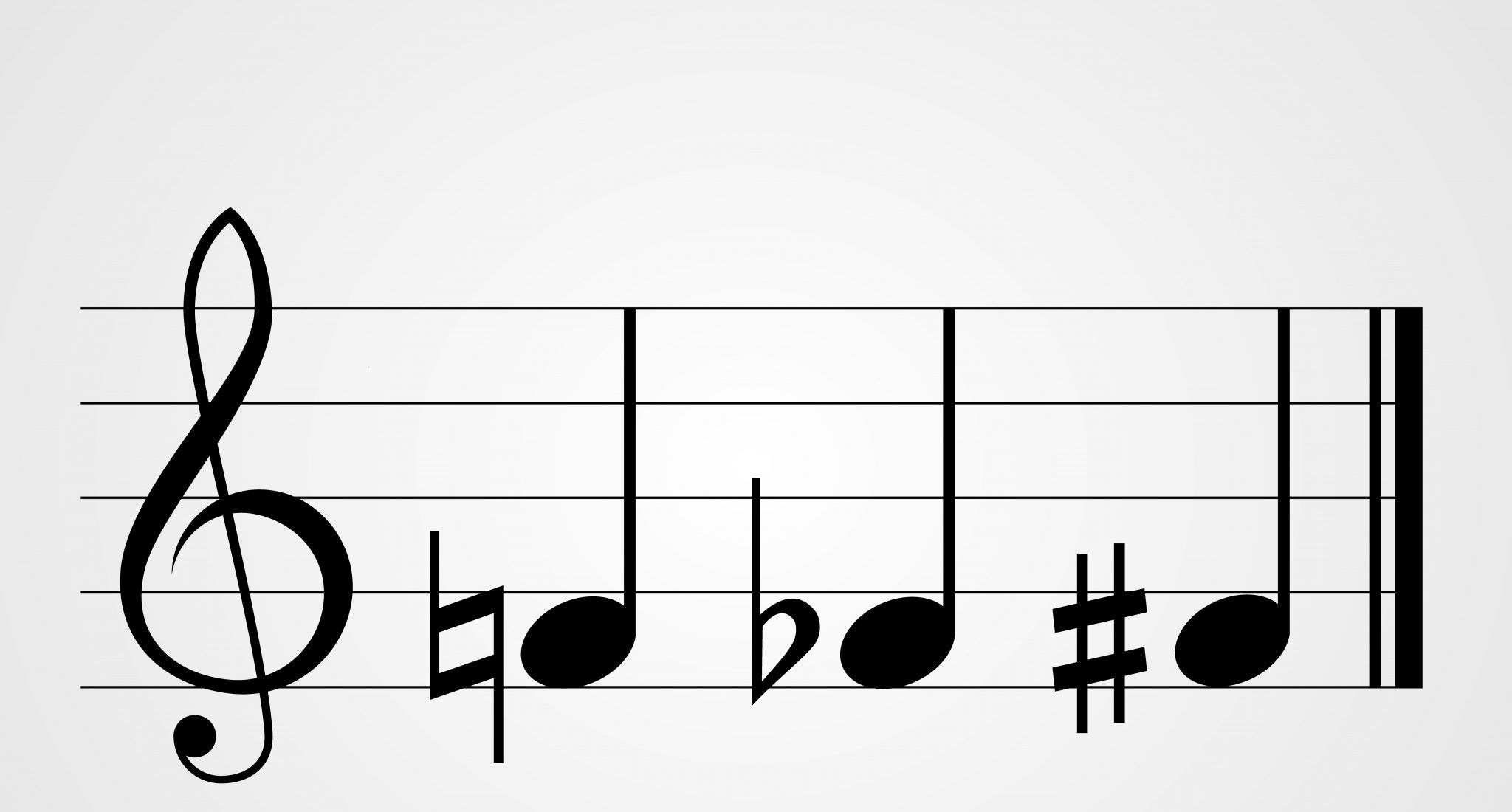Home>Production & Technology>Digital>What Does Musical Instrument Digital Interface Mean In Music
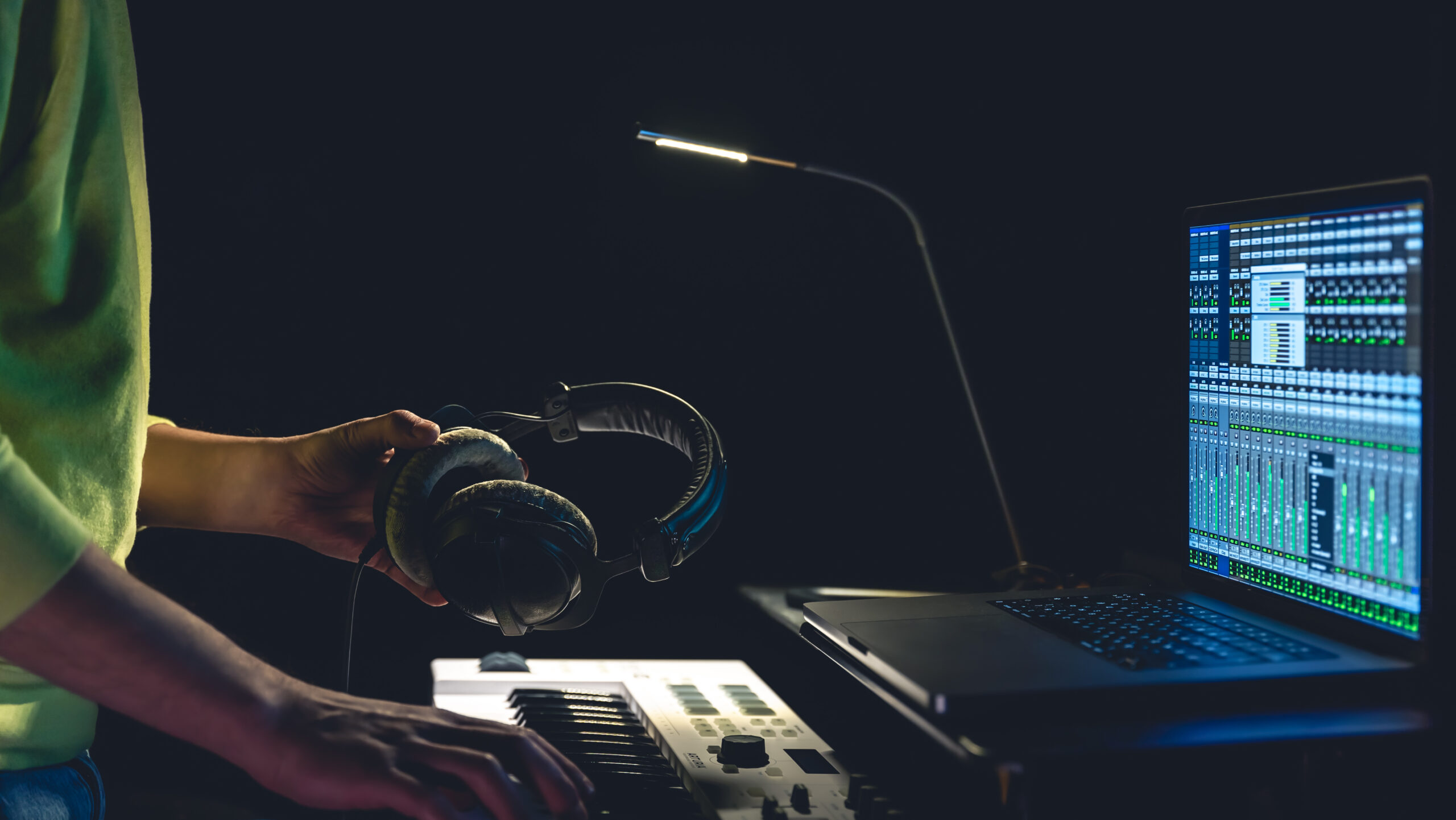

Digital
What Does Musical Instrument Digital Interface Mean In Music
Published: March 10, 2024
Discover the significance of Musical Instrument Digital Interface in music and its impact on digital technology. Explore the meaning and importance of digital in music.
(Many of the links in this article redirect to a specific reviewed product. Your purchase of these products through affiliate links helps to generate commission for AudioLover.com, at no extra cost. Learn more)
Table of Contents
Introduction
The world of music is a fascinating realm where creativity, technology, and innovation converge to create captivating melodies and harmonies. In this digital age, the integration of technology into music production has revolutionized the way musicians compose, record, and perform. One of the pivotal components driving this transformation is the Musical Instrument Digital Interface, commonly referred to as MIDI.
MIDI, an acronym for Musical Instrument Digital Interface, serves as a fundamental communication protocol that facilitates the interaction between electronic musical instruments, computers, and audio equipment. This innovative technology has significantly impacted the music industry, enabling musicians and producers to harness the power of digital tools to bring their musical visions to life.
As we delve into the intricacies of MIDI, it becomes evident that its inception has reshaped the landscape of music production, offering a myriad of possibilities for musicians and enthusiasts alike. From its humble beginnings to its widespread adoption across various musical genres, MIDI has become an indispensable tool in the modern music-making process.
In the following sections, we will embark on a captivating journey through the history, functionality, applications, and the pros and cons of MIDI. By unraveling the layers of this transformative technology, we aim to provide a comprehensive understanding of how MIDI has revolutionized the music industry and continues to shape the creative process for musicians around the globe.
History of Musical Instrument Digital Interface
The history of the Musical Instrument Digital Interface (MIDI) traces back to the early 1980s, a period characterized by the burgeoning influence of digital technology in music production. Prior to the advent of MIDI, musicians relied on analog methods for creating and recording music, which posed limitations in terms of flexibility and interoperability between different musical instruments and equipment.
The need for a standardized communication protocol that could facilitate seamless interaction between electronic musical instruments and computers became increasingly apparent. This led to the collaborative efforts of leading music technology companies, including Roland, Yamaha, Korg, and others, to develop a universal platform that would revolutionize the way music was composed, performed, and recorded.
In 1983, the MIDI 1.0 specification was introduced, marking a pivotal moment in the history of music technology. This groundbreaking standardization laid the foundation for a new era of digital music production, enabling electronic musical instruments to communicate with each other and with computers through a common language. MIDI's introduction heralded a paradigm shift, empowering musicians to harness the power of digital tools to unleash their creative potential.
The adoption of MIDI quickly gained momentum, with manufacturers incorporating MIDI connectivity into a wide array of musical instruments, including synthesizers, drum machines, and electronic keyboards. This widespread integration of MIDI technology facilitated the seamless exchange of musical data, such as note sequences, control signals, and other performance parameters, across different devices, thereby enhancing the interoperability and versatility of music production setups.
As MIDI continued to evolve, subsequent revisions and advancements further expanded its capabilities, introducing features such as increased resolution, extended channel capacity, and enhanced control options. These developments propelled MIDI into the forefront of music technology, solidifying its status as an indispensable tool for musicians, producers, and audio engineers.
The historical trajectory of MIDI reflects its transformative impact on the music industry, revolutionizing the way music is created, recorded, and performed. From its humble beginnings as a standardized communication protocol to its pervasive presence in modern music production, MIDI has left an indelible mark on the evolution of musical expression, serving as a testament to the enduring power of innovation in shaping the art of sound.
This section provides a glimpse into the historical roots of MIDI, illuminating its journey from a revolutionary concept to a ubiquitous standard that continues to shape the creative landscape of music production.
How Musical Instrument Digital Interface Works
At its core, the functioning of the Musical Instrument Digital Interface (MIDI) revolves around the seamless transmission of musical data between electronic instruments, computers, and audio equipment. MIDI operates as a universal language that enables these devices to communicate and synchronize, thereby facilitating the creation and manipulation of musical elements with precision and flexibility.
The communication process within MIDI is based on a set of standardized digital messages, which encompass various aspects of musical performance and control. These messages encompass a wide range of musical parameters, including note-on and note-off commands, velocity, pitch, modulation, and control changes. When a musician plays a note on a MIDI-enabled instrument, such as a keyboard or electronic drum pad, the device generates MIDI messages that convey the specific details of the performed note, such as its pitch, duration, and intensity.
These MIDI messages are then transmitted via a physical or digital connection to other MIDI-compatible devices, such as synthesizers, samplers, or digital audio workstations (DAWs). Upon receiving the MIDI data, the recipient device interprets the messages and translates them into audible sound or control signals, effectively reproducing the musical performance in real-time.
Furthermore, MIDI facilitates the seamless integration of performance control elements, such as modulation wheels, pitch bend wheels, and sustain pedals, allowing musicians to imbue their performances with expressive nuances and articulations. Additionally, MIDI supports the implementation of continuous controller messages, enabling precise manipulation of parameters such as volume, panning, and timbre in real-time.
In the realm of music production, MIDI serves as a powerful tool for composing, arranging, and orchestrating musical pieces. It enables musicians and producers to create intricate musical arrangements by layering multiple MIDI tracks, each representing different instruments or musical elements. This approach provides unparalleled flexibility, as MIDI data can be easily edited, rearranged, and manipulated within a digital environment, offering a level of creative freedom that transcends the constraints of traditional recording methods.
Moreover, MIDI's versatility extends beyond musical performance, encompassing the realm of sound design and electronic music production. Through the integration of MIDI-compatible hardware and software, artists can explore innovative sonic possibilities, leveraging MIDI's capabilities to sculpt and shape sound in ways that transcend the boundaries of conventional instrumentation.
In essence, the functionality of MIDI revolves around its ability to serve as a conduit for musical expression and creativity, empowering musicians and producers to harness the power of digital technology in crafting compelling sonic experiences. By facilitating seamless communication and control across a diverse array of musical devices, MIDI continues to play a pivotal role in shaping the landscape of modern music production, offering a gateway to boundless artistic exploration and innovation.
Applications of Musical Instrument Digital Interface in Music
The applications of the Musical Instrument Digital Interface (MIDI) in music span a diverse spectrum, encompassing a myriad of creative and practical uses that have redefined the art of music production and performance. From composition and arrangement to live performance and studio recording, MIDI has permeated every facet of the music-making process, offering unparalleled versatility and flexibility for musicians and producers.
In the realm of composition and arrangement, MIDI serves as a cornerstone of creativity, empowering musicians to craft intricate musical pieces with precision and fluidity. Through the use of MIDI-enabled instruments and digital workstations, composers can seamlessly capture their musical ideas in the form of MIDI data, allowing for seamless editing, rearrangement, and orchestration. This approach facilitates the exploration of diverse musical textures and arrangements, enabling composers to experiment with different instrumentations and sonic palettes to realize their artistic vision.
Furthermore, MIDI's role in live performance has been transformative, providing musicians with a powerful tool for delivering captivating and dynamic performances. With MIDI controllers and instruments, performers can trigger a wide array of sounds and effects in real-time, enhancing the sonic palette of their live sets and imbuing their performances with expressive depth. Additionally, MIDI's integration with lighting and visual systems enables synchronized multimedia experiences, elevating live performances to immersive and multisensory spectacles.
In the domain of studio recording and production, MIDI's impact is profound, offering unparalleled flexibility and control in capturing and manipulating musical performances. By utilizing MIDI, producers can craft intricate arrangements, manipulate musical parameters, and integrate virtual instruments with seamless precision. This approach transcends the limitations of traditional recording methods, allowing for the creation of rich and layered productions that embody the boundless possibilities of digital music production.
Moreover, MIDI's applications extend to sound design and electronic music production, where it serves as a catalyst for sonic innovation and experimentation. Through the integration of MIDI-compatible hardware and software, artists can sculpt and manipulate sound with unprecedented precision, delving into the realms of synthesis, sampling, and electronic manipulation to create immersive and evocative sonic landscapes.
In essence, the applications of MIDI in music are as diverse as they are transformative, shaping the creative process and sonic expression of musicians across genres and disciplines. From composition to performance, recording to sound design, MIDI continues to serve as a driving force behind the evolution of music, offering a gateway to boundless artistic exploration and innovation.
Advantages and Disadvantages of Musical Instrument Digital Interface
The Musical Instrument Digital Interface (MIDI) has ushered in a new era of music production and performance, offering a host of advantages that have revolutionized the creative process for musicians and producers. At the same time, it is important to acknowledge the inherent limitations and challenges associated with MIDI, shedding light on its potential drawbacks. By examining the advantages and disadvantages of MIDI, we can gain a comprehensive understanding of its impact on the music industry and the creative endeavors of artists.
Advantages of MIDI
-
Versatility and Flexibility: MIDI empowers musicians to explore a vast sonic landscape, allowing for seamless integration of diverse musical elements and instruments. Its versatility enables artists to craft intricate compositions and arrangements with unparalleled flexibility, transcending the constraints of traditional instrumentation.
-
Precision and Control: MIDI offers precise control over musical parameters, enabling musicians to manipulate note sequences, dynamics, and articulations with meticulous accuracy. This level of control fosters a dynamic and expressive approach to music production, enhancing the depth and nuance of musical performances.
-
Interoperability: MIDI facilitates seamless communication between a wide array of electronic musical instruments, computers, and audio equipment. This interoperability enables musicians to integrate diverse hardware and software components into cohesive music production setups, fostering a collaborative and interconnected creative environment.
-
Editing and Arrangement: MIDI data can be easily edited, rearranged, and manipulated within digital workstations, providing artists with the freedom to experiment and refine their musical ideas. This capability streamlines the composition and arrangement process, empowering musicians to realize their creative vision with precision and fluidity.
-
Real-time Performance Control: MIDI controllers and instruments enable real-time manipulation of musical parameters, allowing performers to imbue their live sets with expressive depth and dynamic variation. This real-time performance control enhances the immersive and interactive aspects of live music experiences, captivating audiences with captivating sonic journeys.
Disadvantages of MIDI
-
Latency and Timing Issues: MIDI communication may be susceptible to latency and timing discrepancies, particularly in complex setups or when interfacing with external devices. These issues can impact the synchronization and responsiveness of MIDI-controlled instruments, posing challenges in live performance and studio recording scenarios.
-
Dependency on Technology: The reliance on digital technology for MIDI implementation introduces a degree of dependency on hardware and software components. Technical malfunctions, compatibility issues, and software limitations may disrupt the seamless operation of MIDI setups, necessitating careful maintenance and troubleshooting.
-
Artificial Sound Reproduction: MIDI-driven sound reproduction, particularly with virtual instruments and synthesizers, may exhibit a degree of artificiality and lack the organic nuances of acoustic performances. While advancements in sound synthesis have mitigated this drawback to a certain extent, achieving authentic sonic textures remains a consideration in MIDI-based productions.
-
Complexity of Implementation: The setup and configuration of MIDI systems can be intricate, requiring a comprehensive understanding of MIDI protocols and hardware integration. This complexity may pose a learning curve for novice users, necessitating dedicated effort to harness the full potential of MIDI technology.
-
Limitations in Expressive Nuance: Despite its precision, MIDI may present limitations in capturing the subtle nuances and expressive intricacies of acoustic performances. The inherent tactile and emotive qualities of acoustic instruments may not be fully replicated through MIDI, posing challenges in achieving a truly organic and emotive sonic character.
In essence, the advantages of MIDI encompass its transformative impact on music production, performance, and creative expression, while the associated disadvantages underscore the complexities and considerations inherent in its implementation. By navigating the nuances of MIDI's advantages and disadvantages, musicians and producers can leverage its capabilities while addressing potential challenges, fostering a dynamic and informed approach to integrating MIDI into their artistic endeavors.
Conclusion
In conclusion, the Musical Instrument Digital Interface (MIDI) stands as a testament to the transformative power of technology in shaping the creative landscape of music. From its humble origins in the early 1980s to its pervasive presence in modern music production, MIDI has redefined the way musicians compose, perform, and record music. Its universal language has facilitated seamless communication between electronic instruments, computers, and audio equipment, offering a gateway to boundless artistic exploration and innovation.
The historical journey of MIDI reflects its evolution from a revolutionary concept to a ubiquitous standard that continues to shape the art of sound. Its impact on music composition, live performance, studio recording, and sound design underscores its versatility and adaptability across diverse musical domains. The advantages of MIDI, including its versatility, precision, and real-time performance control, have empowered musicians to craft intricate compositions and deliver captivating live experiences.
However, it is essential to acknowledge the inherent challenges associated with MIDI, such as latency issues, technological dependencies, and limitations in expressive nuance. By navigating these complexities, musicians and producers can harness the full potential of MIDI while addressing potential drawbacks, fostering a dynamic and informed approach to integrating MIDI into their artistic endeavors.
As we look to the future, MIDI continues to pave the way for innovation in music production, offering a platform for creative expression that transcends traditional boundaries. Its role in shaping the sonic landscape and driving artistic exploration underscores its enduring relevance in the ever-evolving realm of music.
In essence, MIDI represents a convergence of artistry and technology, serving as a catalyst for boundless creativity and sonic innovation. Its legacy as a foundational pillar of modern music production underscores its enduring impact on the art of sound, inspiring musicians and enthusiasts to embark on a journey of limitless musical possibilities.


